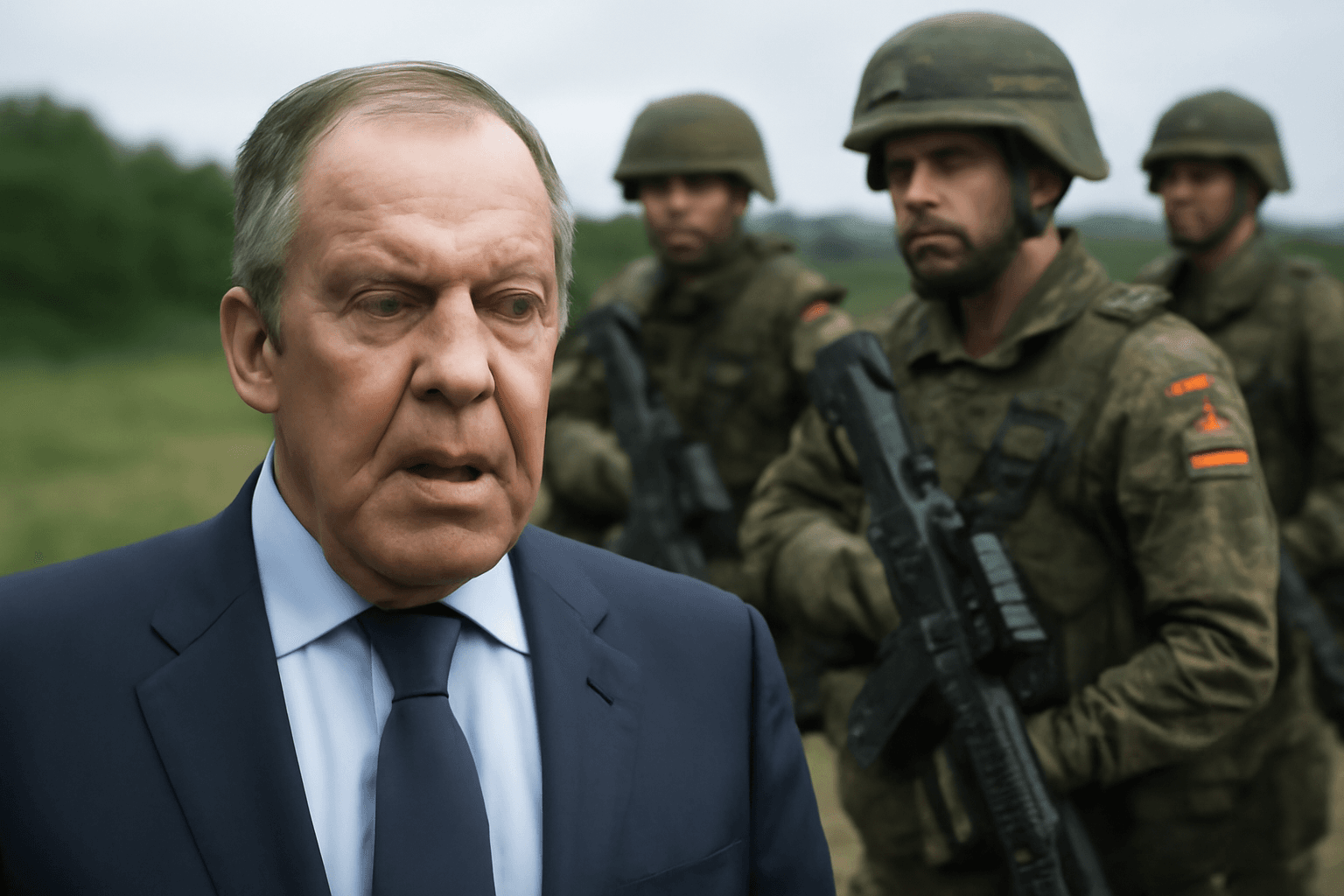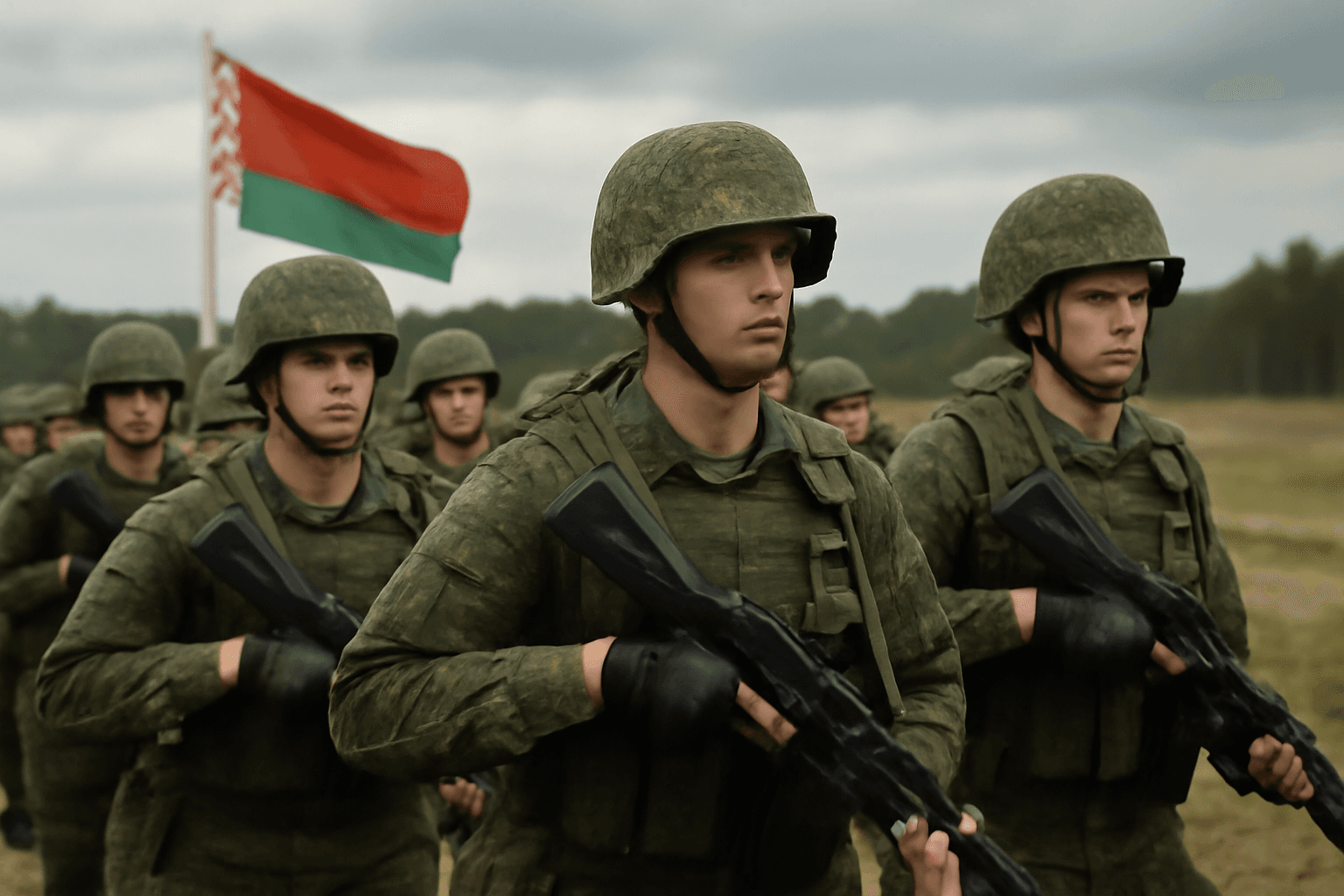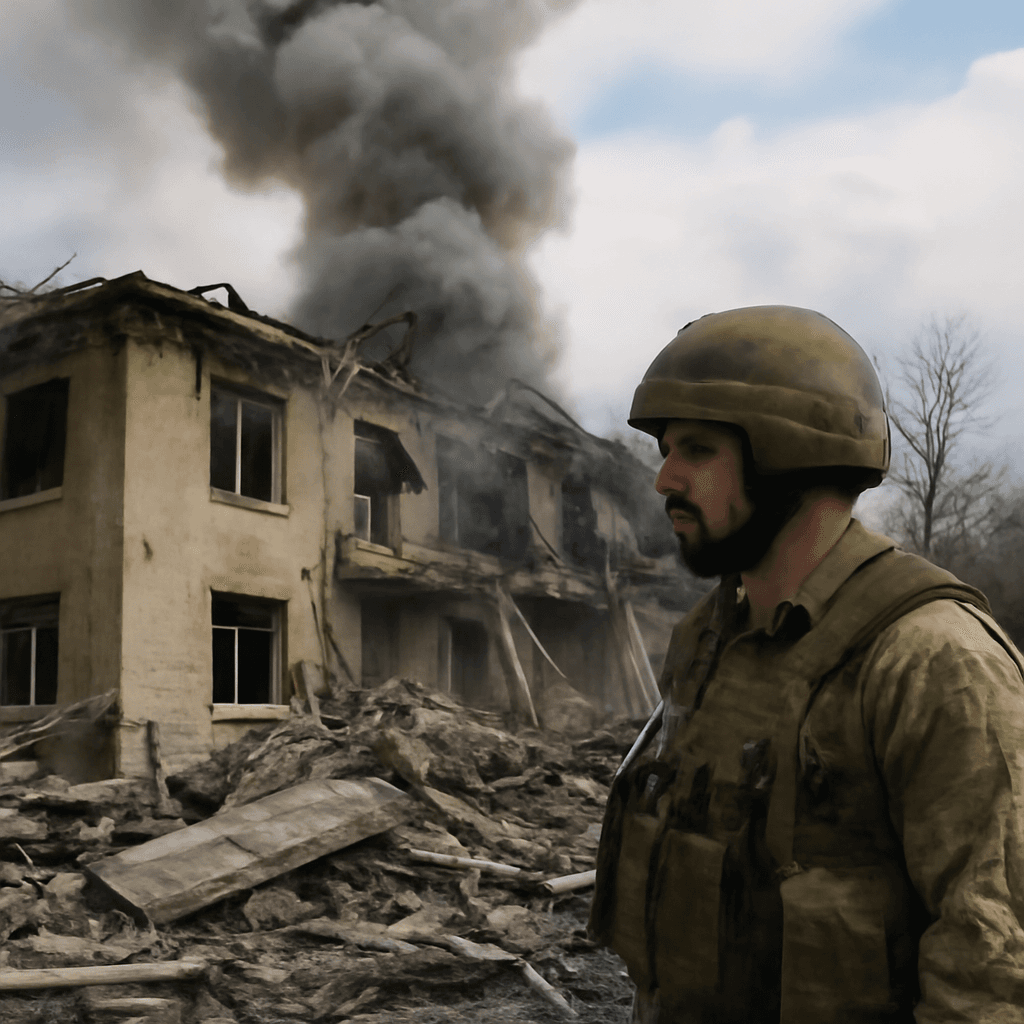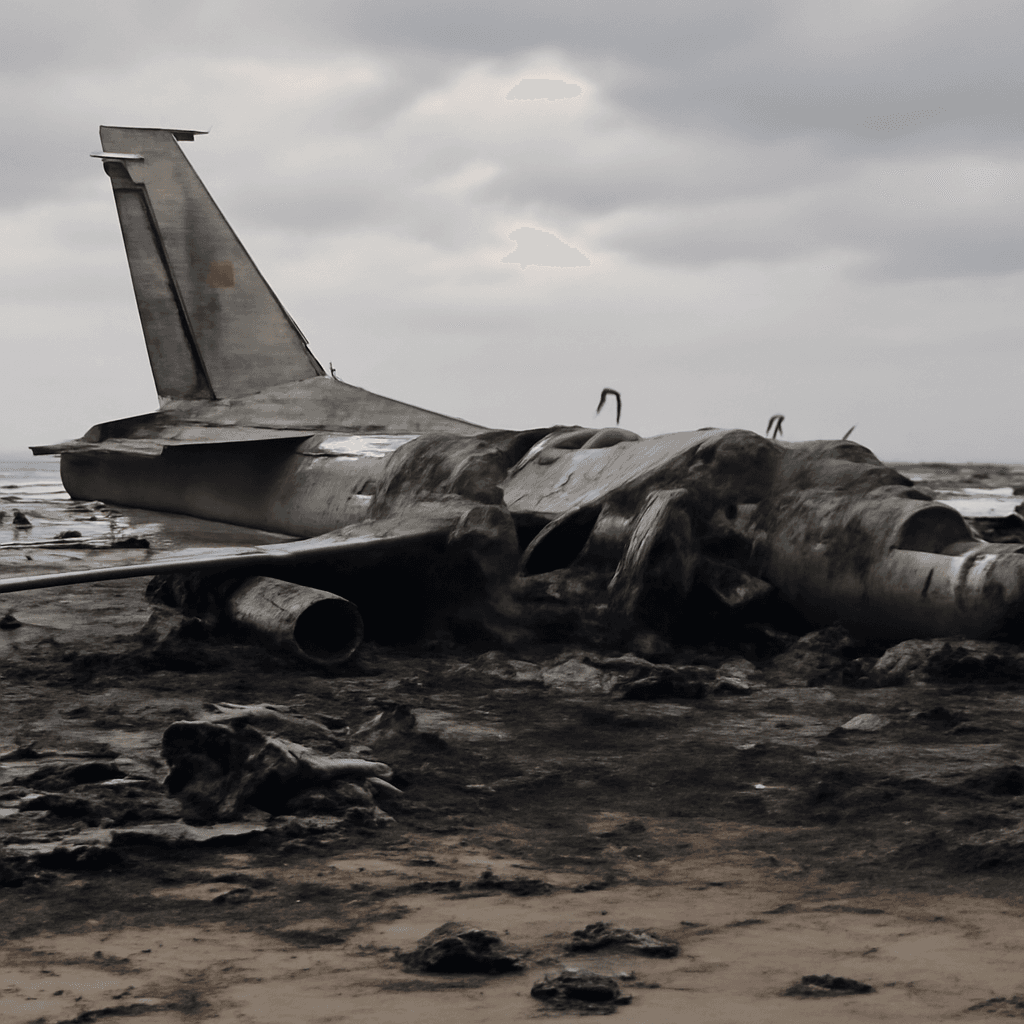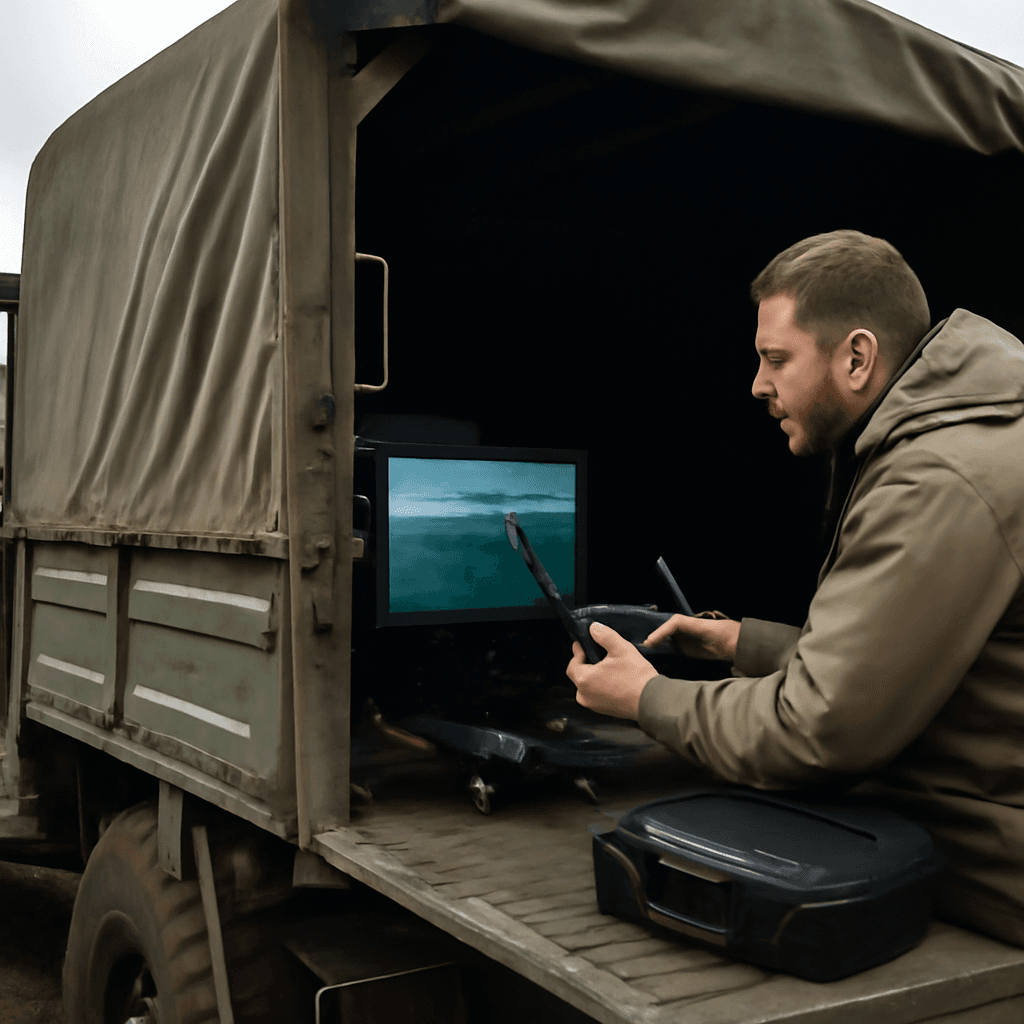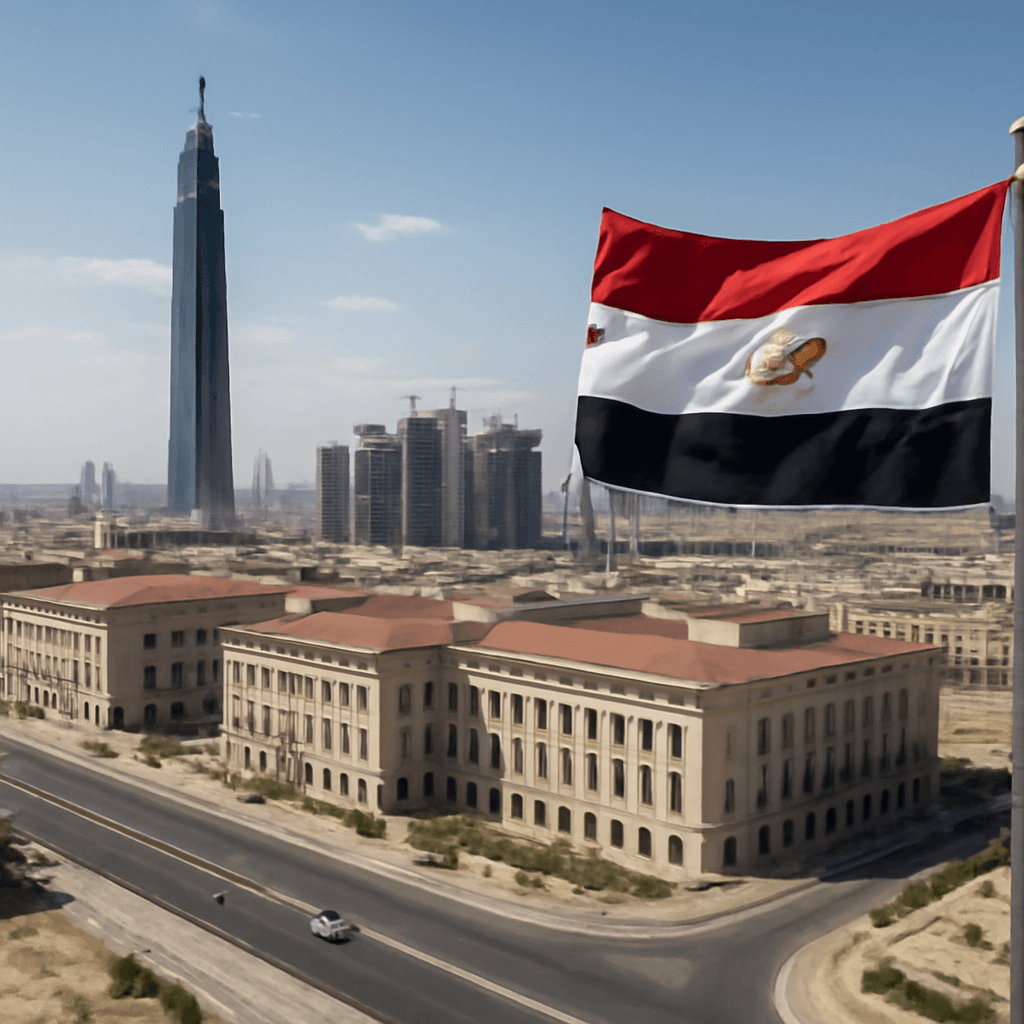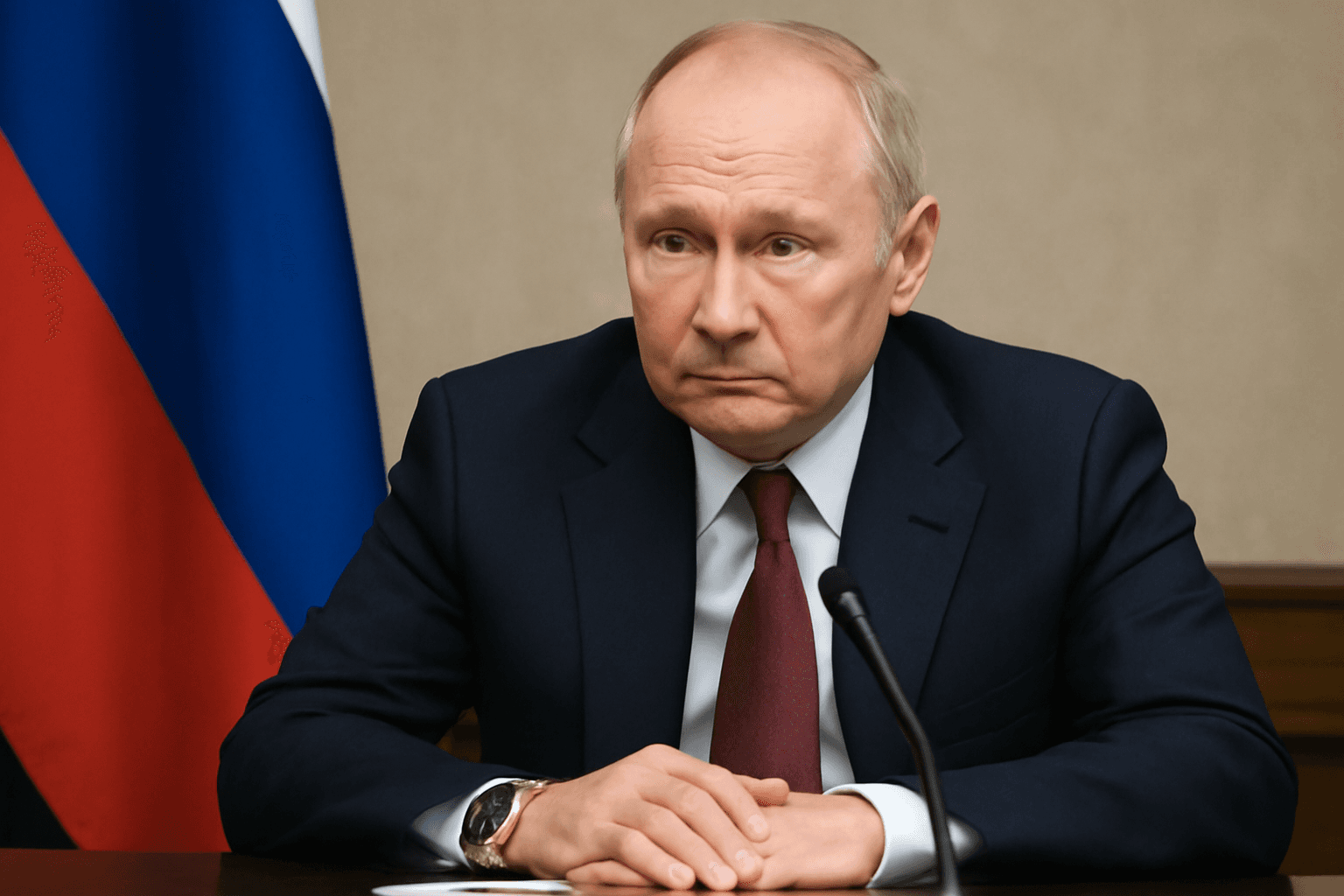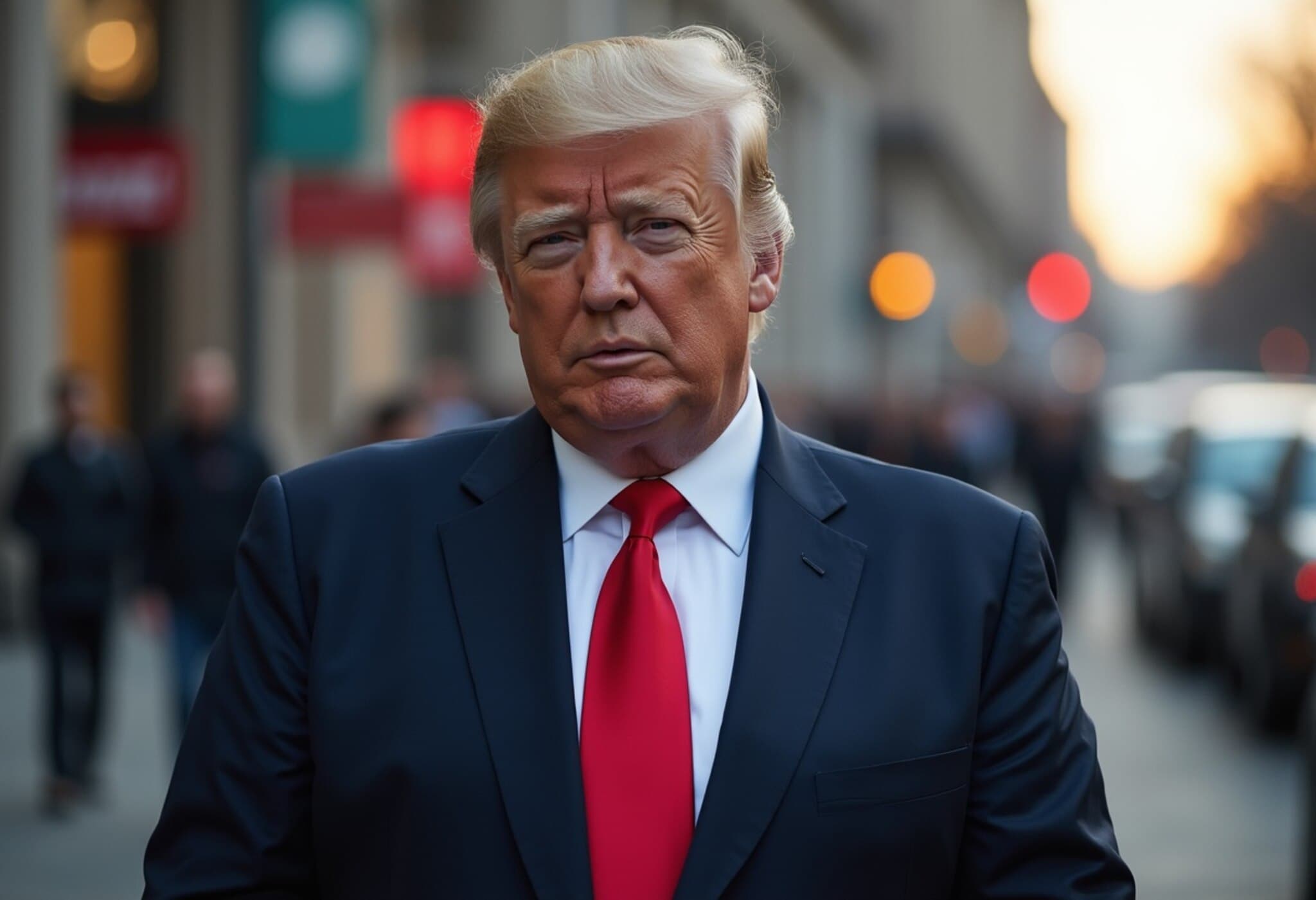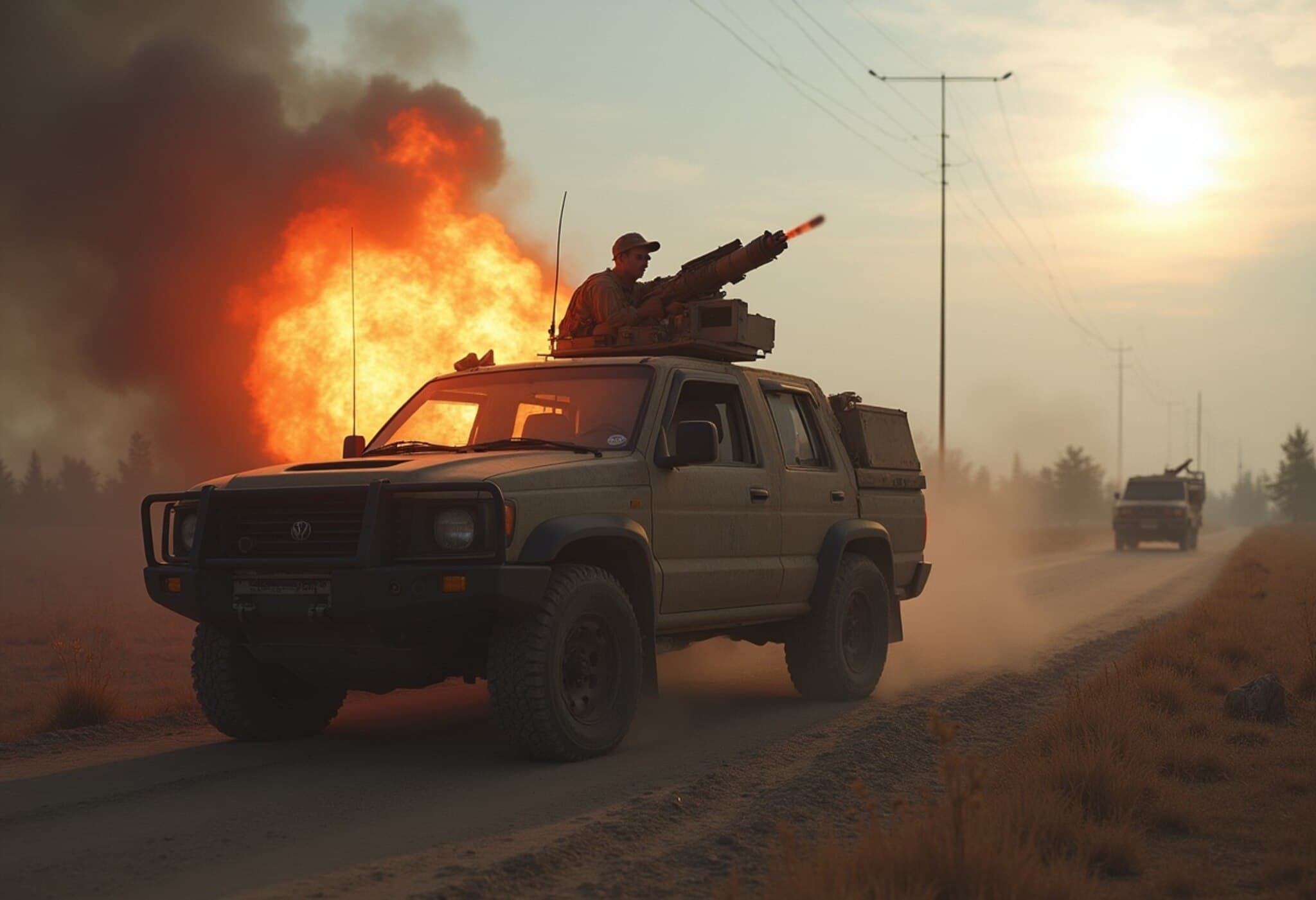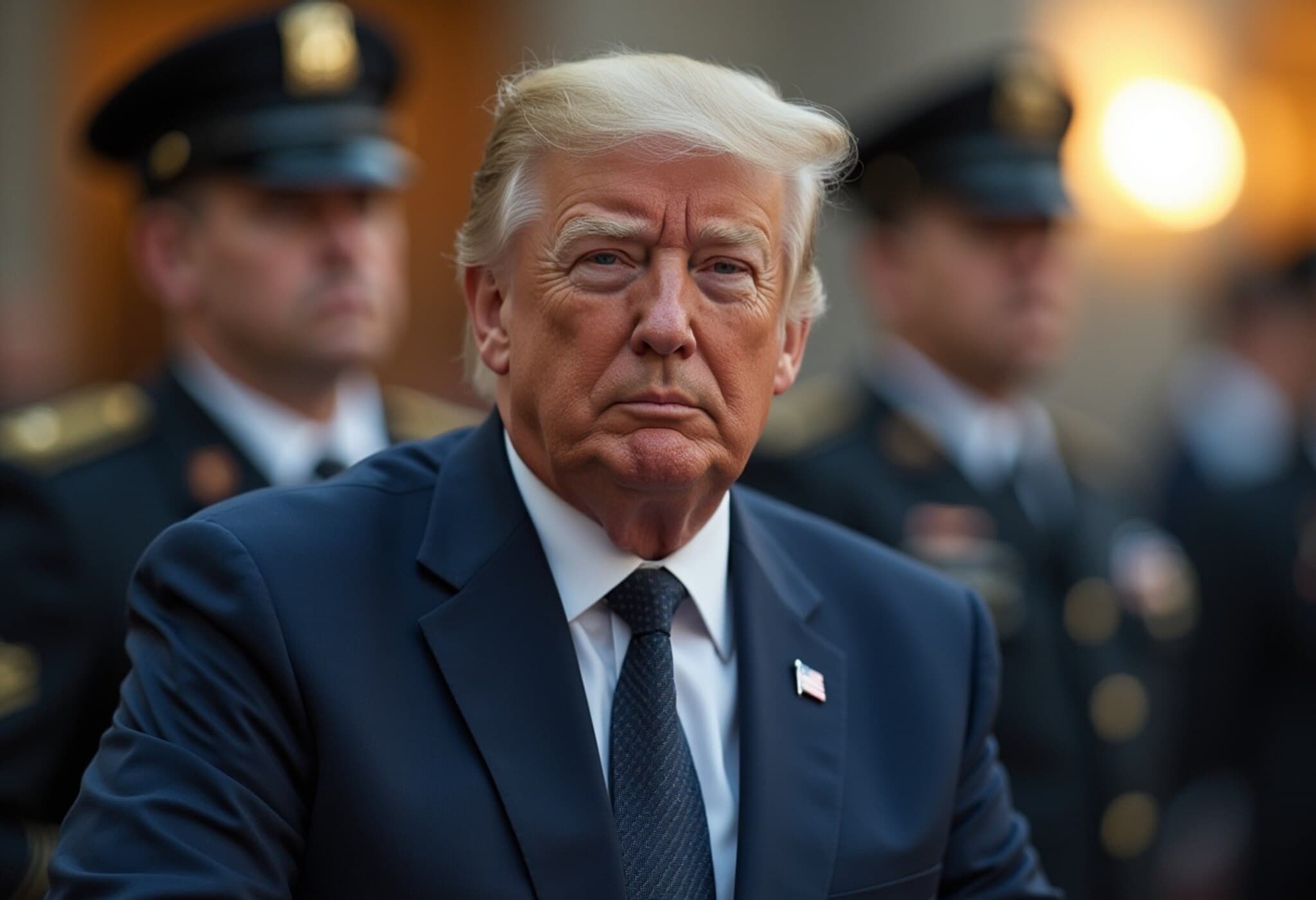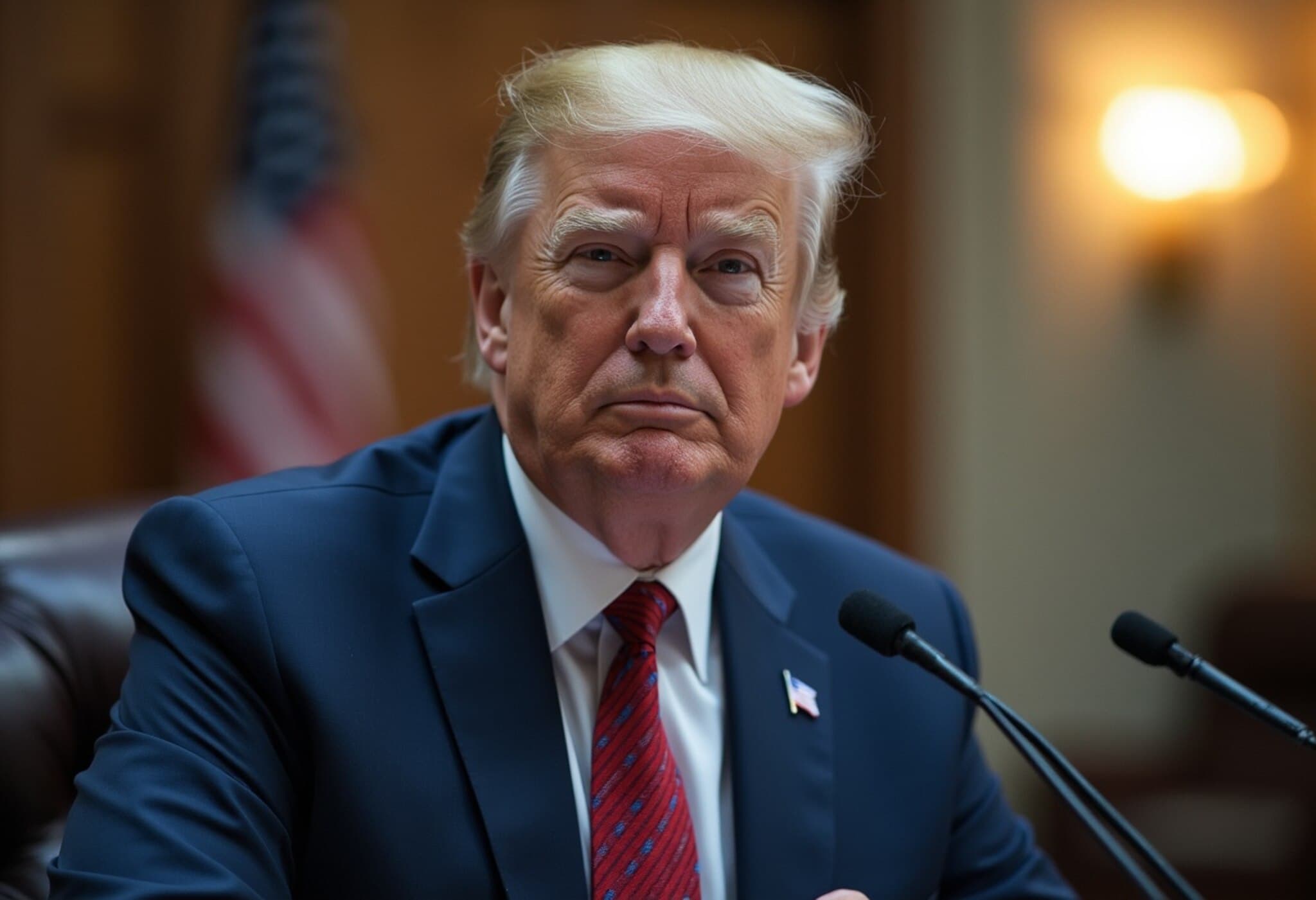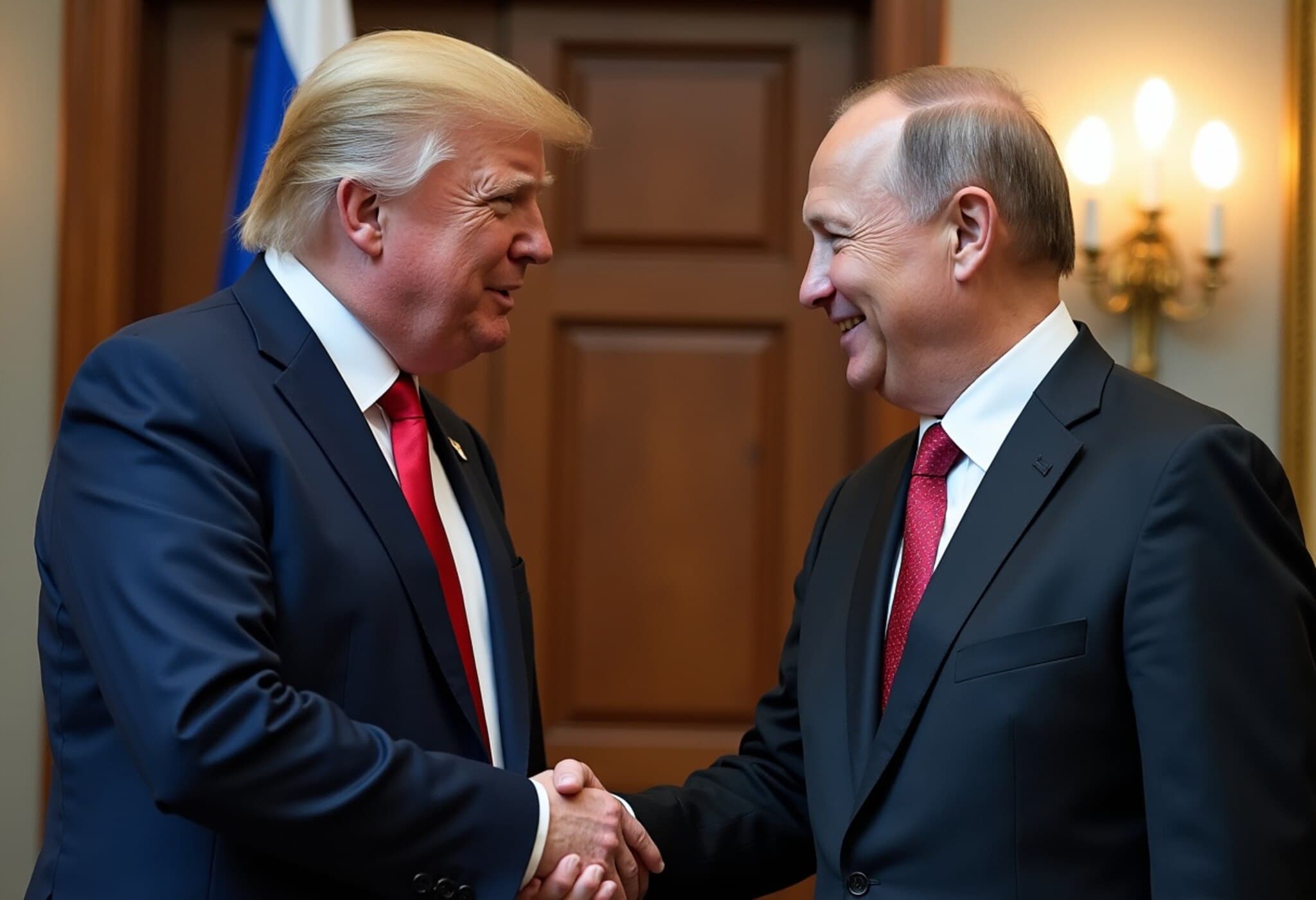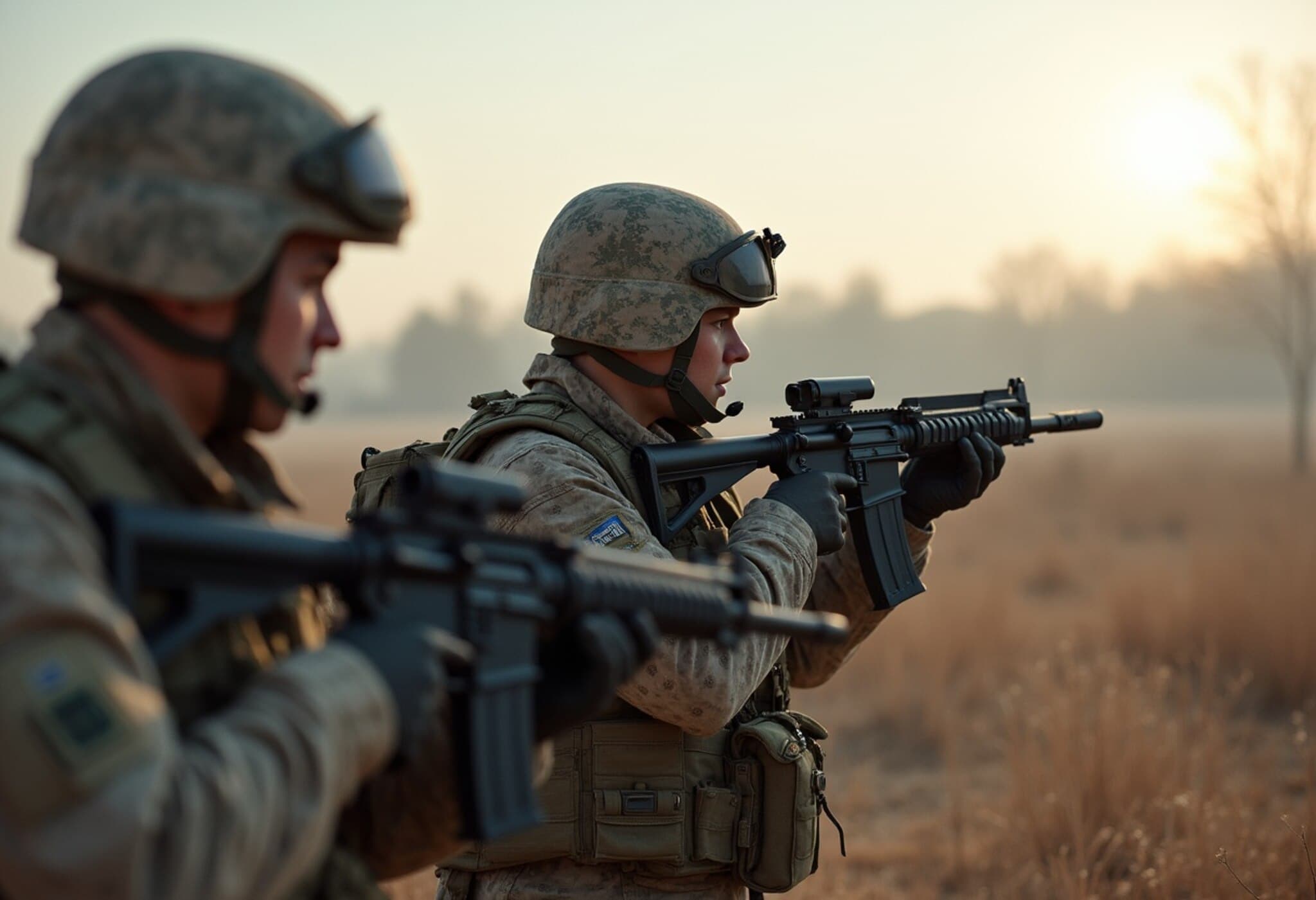Trump Places Responsibility on Zelenskyy for Ukraine Ceasefire
Following a high-stakes summit with Russian President Vladimir Putin in Anchorage, Alaska, former U.S. President Donald Trump emphasized that the responsibility to negotiate a ceasefire now largely rests with Ukrainian President Volodymyr Zelenskyy. This development adds a nuanced chapter to the ongoing efforts to resolve the war in Ukraine, which erupted when Russia launched its full-scale invasion in February 2022.
Summit Highlights: Progress Amid Unmet Ceasefire
During an exclusive interview with Fox News, Trump acknowledged the nearly three-hour discussions with Putin yielded substantive progress but stopped short of securing an immediate halt to hostilities. “Now, it’s really up to President Zelenskyy to get it done,” Trump remarked, also underscoring the crucial role European nations should play in facilitating peace talks.
“If they’d like, I’ll be at that next meeting,” Trump added, signaling his willingness to remain a mediator if both sides agree.
At the joint press conference, Trump described the dialogue as "very productive" with several points of consensus, though specific details remained guarded.
Putin’s Perspective: Security Guarantees and Resolving Root Causes
President Putin, through an interpreter, expressed that the summit had forged an "understanding" between the leaders. He urged Ukraine and its European allies to constructively embrace the emerging progress rather than undermine it. Putin emphasized the importance of security guarantees for Ukraine but reiterated that the deeper causes of the conflict must be addressed to achieve lasting peace.
Russia’s Ministry of Foreign Affairs echoed this sentiment on social media, stating:
- “Russia is interested in ending the Ukrainian crisis.”
- “We expect Kiev and Europe not to obstruct peace efforts.”
Zelenskyy’s Stance and Ongoing Conflict
Meanwhile, Ukraine's President Zelenskyy remained cautious ahead of the summit. He condemned continued Russian attacks on Kyiv, even on the very day of the negotiations, labeling these assaults as futile attempts to demonstrate strength that ultimately faltered. “The war continues precisely because there is no indication that Moscow is prepared to end it,” Zelenskyy stated, as reported by Reuters.
Expert Insights: The Complexity of Ceasefire Negotiations
From a geopolitical perspective, this summit underscores the delicate balance between diplomatic optimism and harsh realities on the ground. While Trump’s willingness to engage signals potential for alternative diplomatic channels, experts caution that sustainable peace requires more than top-level meetings. The entrenched mistrust between Russia and Ukraine, alongside European security concerns, complicate prospects for a straightforward ceasefire.
Moreover, the reaction of European nations, as highlighted by Trump, is critical. Their geopolitical and economic stakes in the conflict's outcome could influence the peace process trajectory significantly.
What Lies Ahead?
The summit in Alaska not only reopens dialogue but also reframes the narrative around who bears the responsibility for peace. By shifting the onus to Zelenskyy and European nations, Trump’s comments inject new dynamics into international expectations. Ongoing violence even during talks, as Zelenskyy pointed out, serves as a stark reminder of the war’s brutal persistence.
Ultimately, the world watches as the major stakeholders navigate a complex web of security guarantees, territorial sovereignty, and geopolitical influence — all critical to ending one of the most devastating conflicts of the decade.
Key Takeaways
- Trump identifies Zelenskyy as pivotal in advancing ceasefire discussions.
- Putin calls for recognition of security assurances while addressing root causes.
- Continued violence during talks highlights fragile peace prospects.
- European nations’ roles remain vital but are yet to be fully defined.
Editor’s Note
This summit between Trump and Putin symbolizes the ongoing tug-of-war between diplomacy and conflict in Ukraine. While it is encouraging that dialogue continues, critical questions remain: Will Ukraine and its allies find common ground to halt the bloodshed? How might future negotiations involve broader international engagement, and what mechanisms will ensure any agreements are honored? Readers should watch developments closely, as the decisions made now will reverberate throughout global security and regional stability for years to come.


